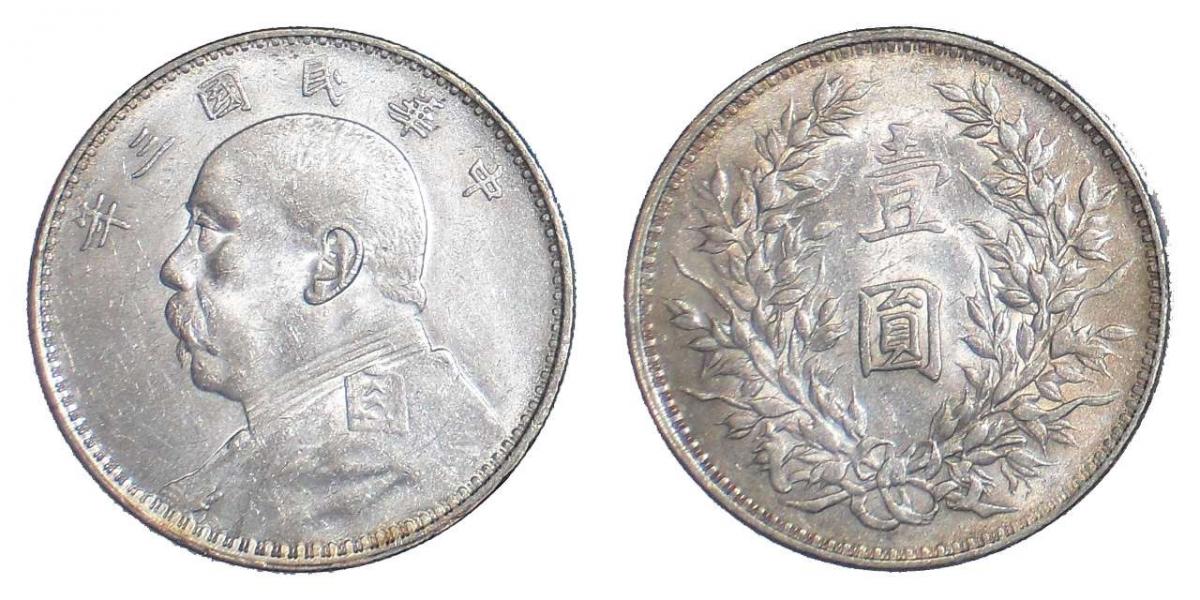Neuberger Berman, the asset management business spun off from Lehman in late 2008, has produced a new report on foreign access to China’s bond market.
China has until now kept its bond market tightly fenced off from the rest of the world, which offers a marked contrast with the behavior of rest of the emerging market nations. At present, foreigners hold only 2% if China’s onshore bonds. Foreigners hold just below 40% of the equivalent bonds of Indonesia and Poland, and 42% of the bonds of Malaysia.
It was in February that the People’s Bank of China announced its intention to ease foreign participation in the China Interbank Bond Market, but it wasn’t until the spring, in May and June, that the PBoC and the State Administration of Foreign Exchange released the detailed implementation rules. The NB paper is intended to “provide some clarity on what they could mean for the Chinese debt market and global investors.”
Bullet Points
Key points are these:
- Before the easing, only offshore institutions with qualified foreign investor quotas could now access the CIBM. Now that restriction has been lifted, and onshore agent banks have been given discretion to determine the eligibility of medium to long-term offshore investors.
- Quota limits have been lifted, too, so investors can use their discretion as to the amount of money they will put to work in CIBM.
- There is no significant restriction on cross-border remittance.
- Nor is there a lock-up period.
Why these changes? There is a grant reason and a mundane reason. Grandly, the PRC wants to turn the yuan into a global reserve currency. More mundane? Just because policy makers want to attract and retain more foreign investor assets.
Those two motives have been operative, and this sort of move has been pending, for some years. We’ve written about earlier moves in this line here at AAA. But the opening process has picked up steam this year.
Bond Index Inclusion
One important consequence of these changes is the likelihood that Chinese government bonds will enter major global bond indexes. Even before the implementation rules, the February announcement led JPMorgan to put these CGBs under review for inclusion in its GBI – EM – GD. NB thinks it “reasonably likely” that the review will result in the inclusion of the CGBs in that index, especially as the new rules prove their “operational effectiveness” in the months to come. Citi and Barclays are other index providers likely to make the same move.
But let’s stick with JPMorgan. Their index has a 10% cap on the weight that any one country can constitute within the index as a whole. China, with its $8.3 trillion onshore bond market, will probably come in at that cap.
Funds tracking the GBI-EM-GD will have to act according to their mandates, and this will likely mean an inflow of between $18 and $20 billion for the relevant bond markets. An analogous back-of-envelope type calculation indicates that if the other index providers do follow this lead, the total inflow could rise to $150 billion.
This is a positive for the yuan, in NB’s view. It will “provide a substantial buffer against any renewed capital outflow pressure” and reduce the risk of a sharp devaluation of the yuan any time soon.
Policy makers will probably weaken the yuan regardless: but they won’t do so sharply. They will do for the same reason so many governments and central banks around the world are weakening so many other currencies: because they need to stimulate their economy. But they will weaken the yuan only in a “modest, gradual and non-disruptive” way, against a basket of trading partners.




